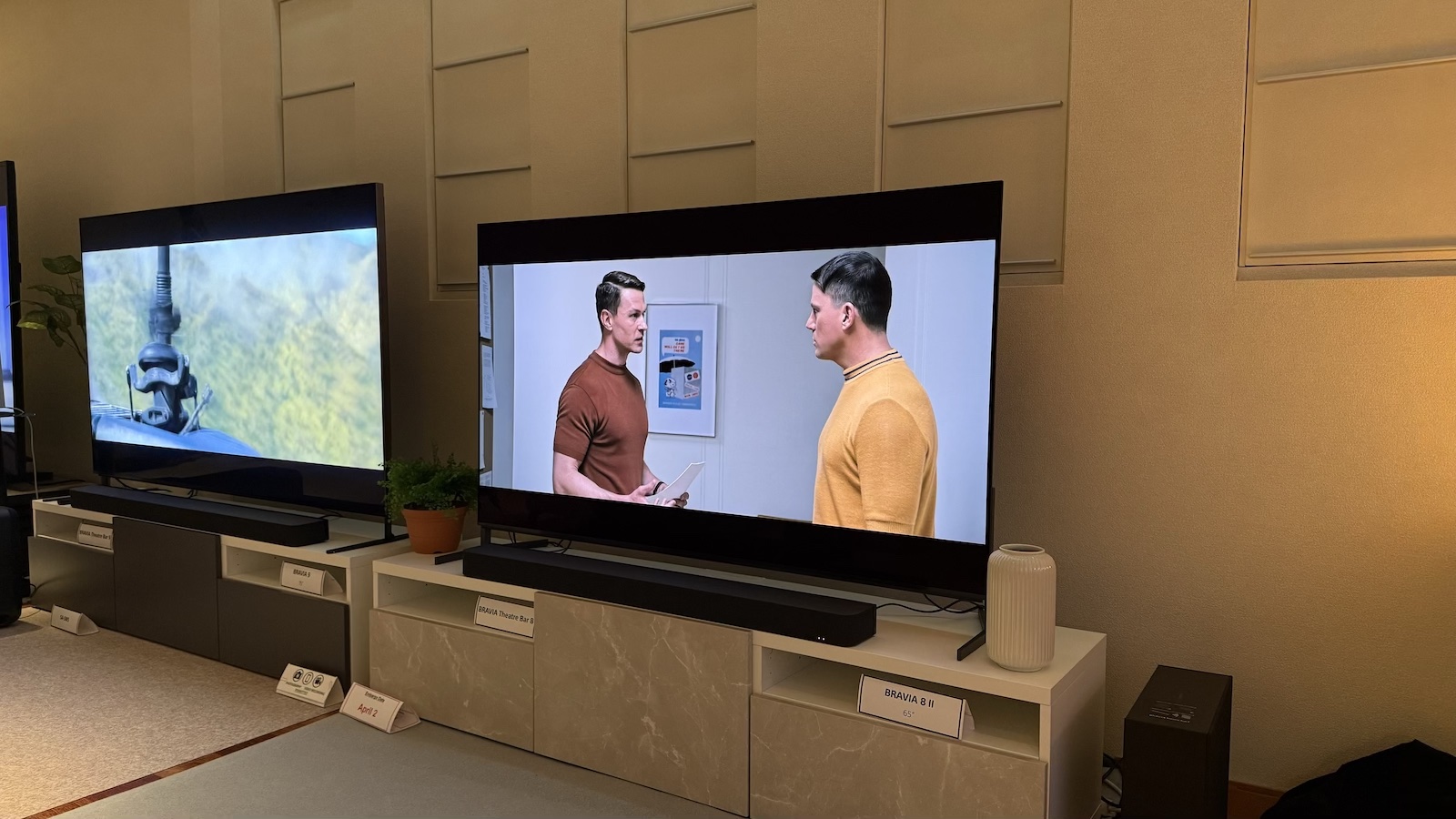MicroLED will soon become mainstream as prices drop, says report
We'll all be watching them

MicroLED will soon be a mass market proposition, according to research firm IHS Markit.
It predicts MicroLED shipments will rise from under 1000 this year to 15.5m by 2026. This figure includes all types of MicroLED display, from 1.5in watches to MicroLED TVs. The reason for this surge in sales? A dramatic drop in manufacturing costs, which will bring the price down drastically. Which, in turn, will make them much more attractive for consumers.
MicroLED TVs are similar to OLED sets, but instead of using organic light-emitting diodes (OLEDs), they use tiny, non-organic LEDs. This means each individual pixel can be turned on or off independently of the others, supposedly resulting in perfect contrast and colour control.
At the moment MicroLED TVs are strictly for commercial industry uses like advertising. But apparently we should see consumer-friendly devices land next year. (Just don't expect them to be cheap.) And we saw a Samsung MicroLED TV at CES this year.
According to IHS Markit, MicroLED displays will feature in smart watches, augmented reality systems and smartphones. As an example, the cost of a 1.5in MicroLED panel for a smartwatch will fall to just a tenth of its current cost by 2026, according to the researchers. The price of a 75in TV panel will cost just a fifth of its current price in the same period.
Despite this huge increase in the popularity of this display type, MicroLED will account for a tiny percentage of all global TV sales - just 0.4 percent, according to the researchers. So don't expect OLED's crown to slip just yet.
MORE:
Get the What Hi-Fi? Newsletter
The latest hi-fi, home cinema and tech news, reviews, buying advice and deals, direct to your inbox.
Joe has been writing about tech for 20 years, first on staff at T3 magazine, then in a freelance capacity for Stuff, The Sunday Times Travel Magazine (now defunct), Men's Health, GQ, The Mirror, Trusted Reviews, TechRadar and many more. His specialities include all things mobile, headphones and speakers that he can't justifying spending money on.

